For the 2025 model year, Aston Martin's user interface took a major step forward across the lineup, with improvements to the physical controls and digital infotainment, as well as updated gauge cluster layouts. However, the big news dropped in the spring, when Aston and Apple announced the launch of CarPlay Ultra, the next generation of Apple's nearly ubiquitous automotive operating system.
Ultra extends beyond the strictly “phone” functions of traditional CarPlay to now encompass more robust vehicular integration, including climate control, drive modes, and the entire gauge cluster readout. Running Ultra, therefore, requires a digital gauge cluster. So far, not many automakers other than Aston have signaled their intent to join the revolution: Kia/Hyundai/Genesis will adopt Ultra next, and Porsche may come after that.
Before future partnerships come to fruition, I spent a week with a DB12 Volante to test Ultra's use cases and conceptual failure points, most critically to discover whether this generational leap actually enhances or detracts from an otherwise stellar driving experience.
Setup
Connecting to Ultra via Bluetooth takes a minute or two longer than traditional CarPlay and includes more consent screens to cover the additional legal ramifications of the operating system sharing data with the car, and vice versa. Apple restricts this data to multimedia info, plus real-time speed and engine status, vehicle lights, and similar functions. Specifically, neither the iPhone nor third-party apps store any vehicle data after disconnecting from the car, and the car doesn't keep personal data once the iPhone disconnects, either.
What about Siri? I generally keep Siri turned off so that accidental “Hey, Siri” activations don't constantly interrupt my life—but by pushing the DB12's steering wheel button, I could test simple tasks that went just about as well as typical for Siri (read: don't expect much “Apple Intelligence” quite yet). Standard Siri data sharing with Apple therefore applies when used with Ultra.
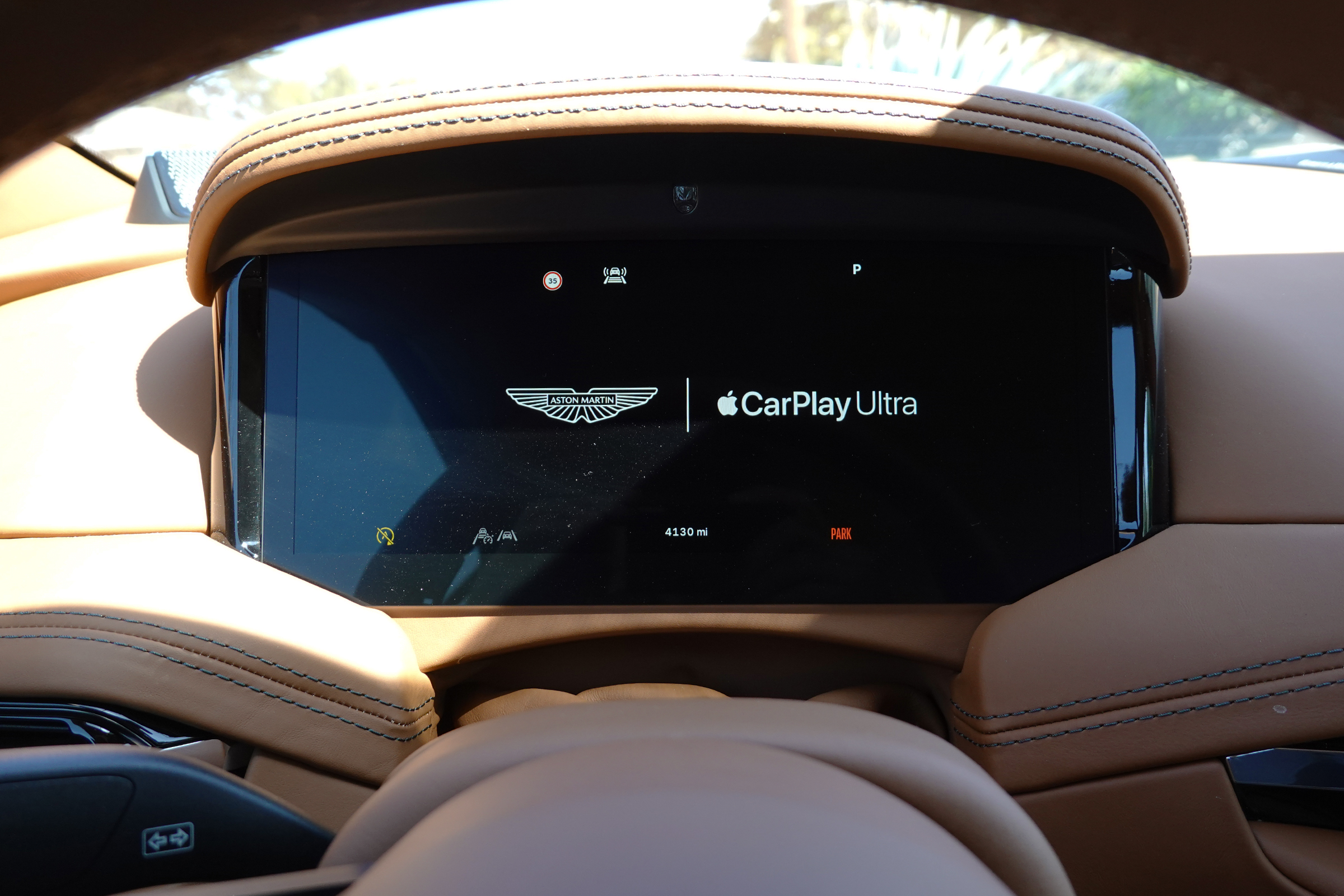
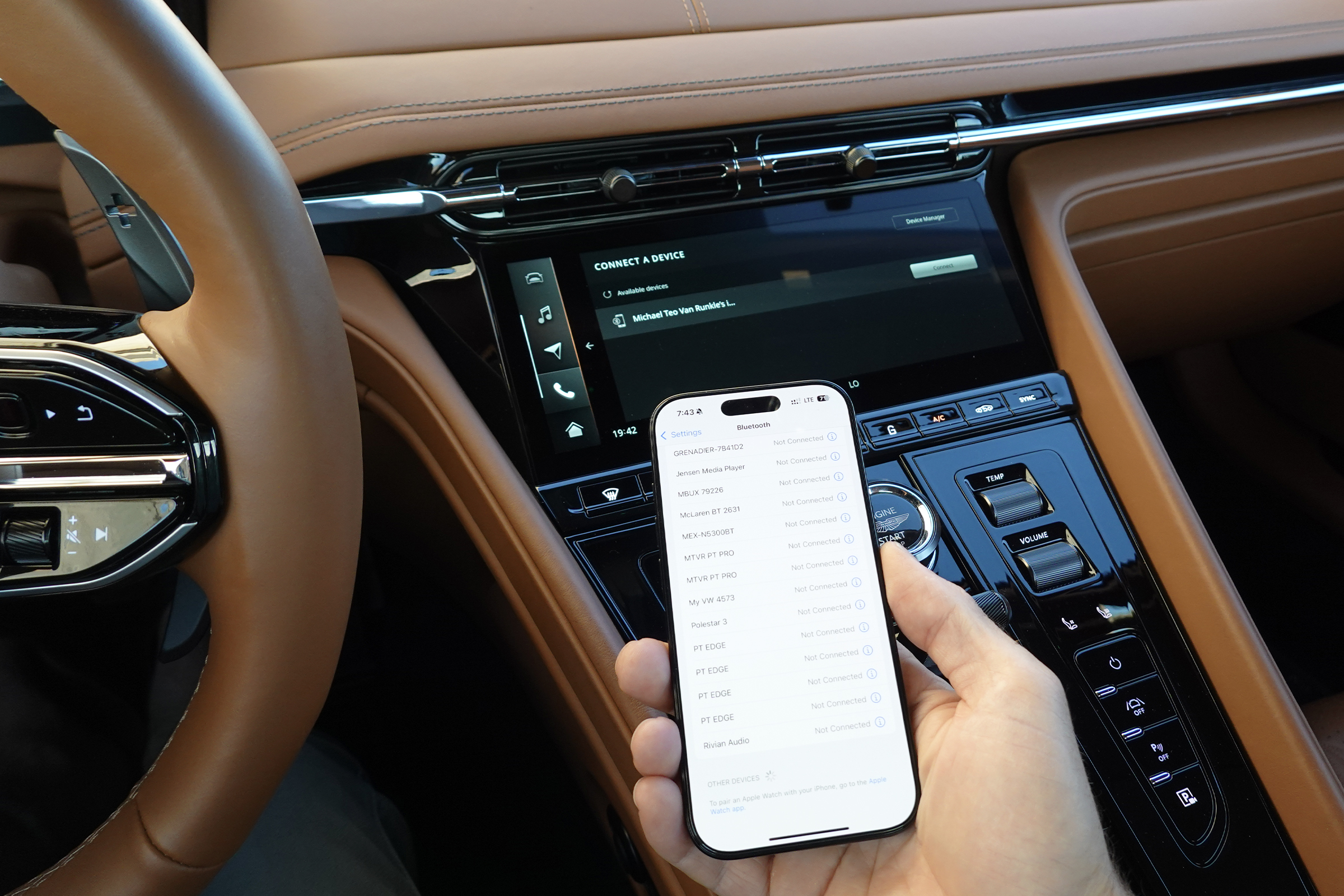
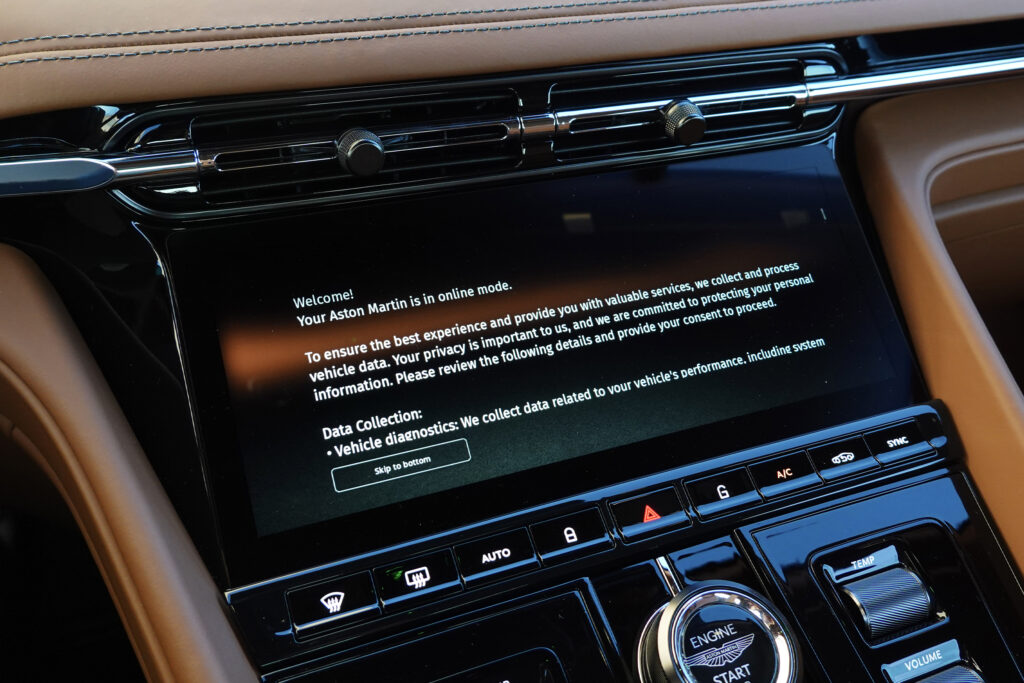
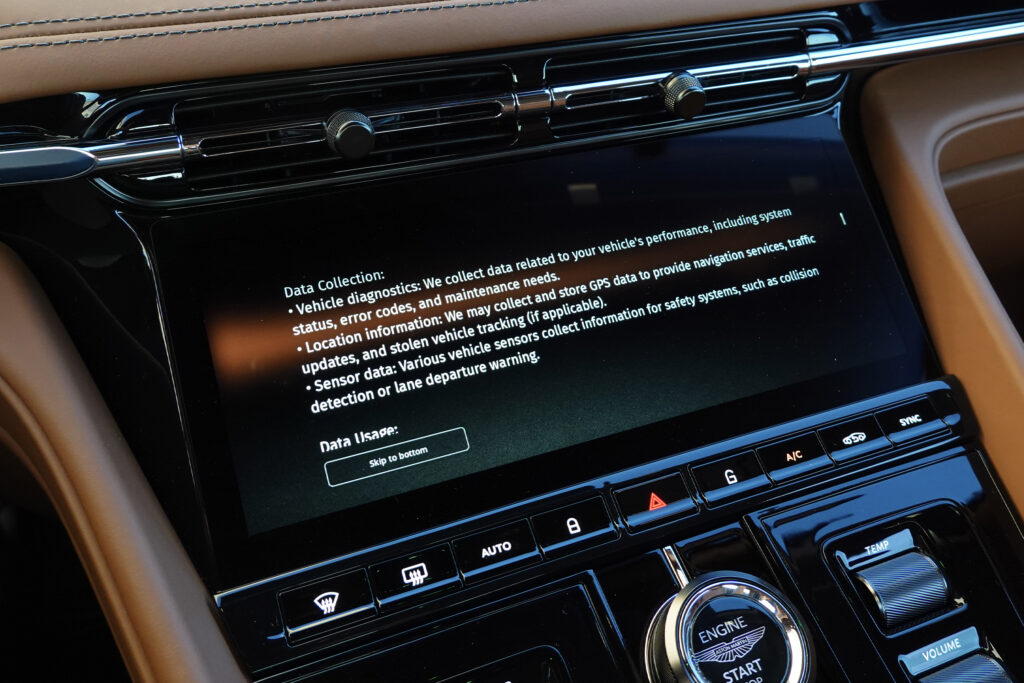
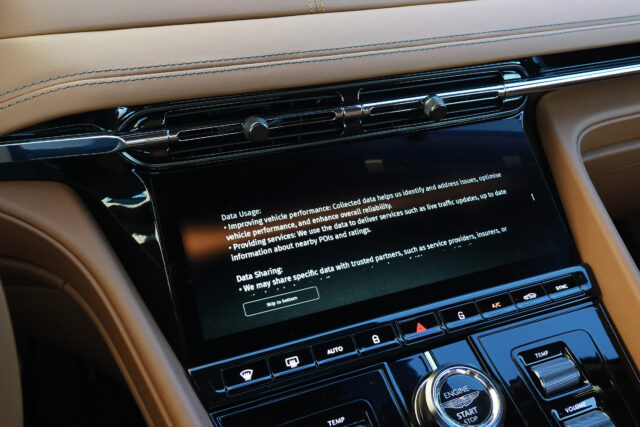
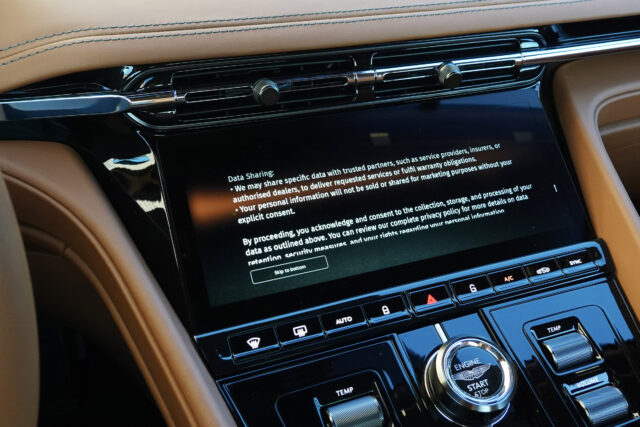
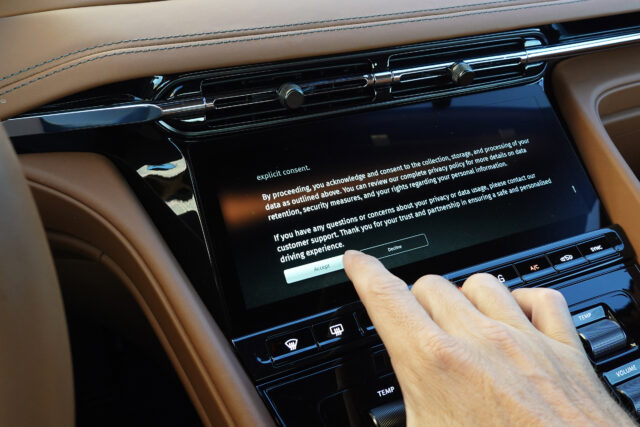
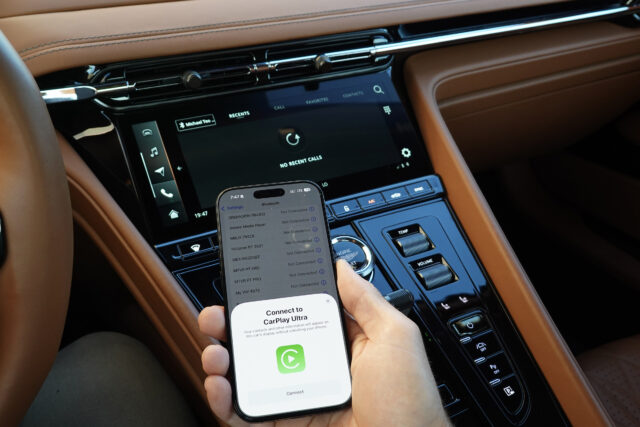
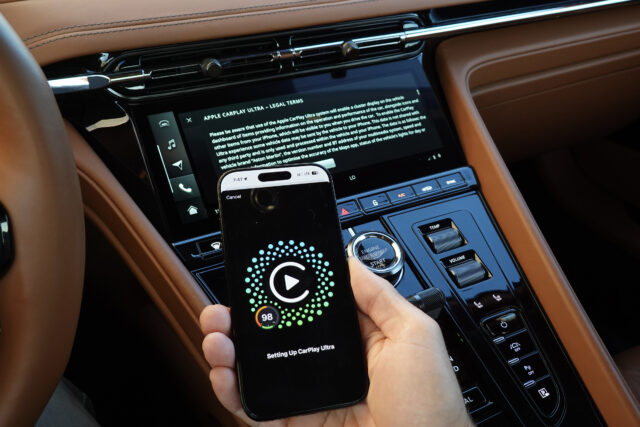
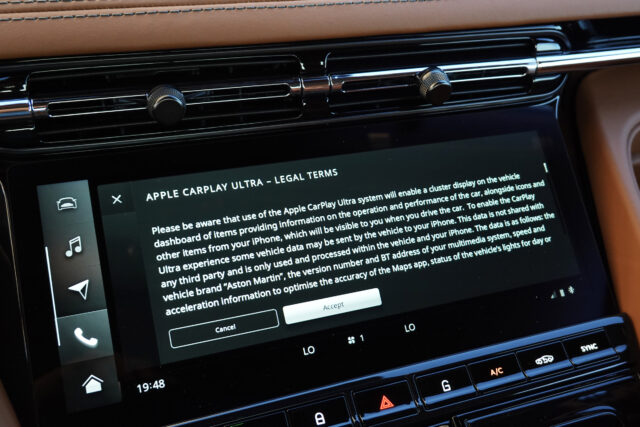
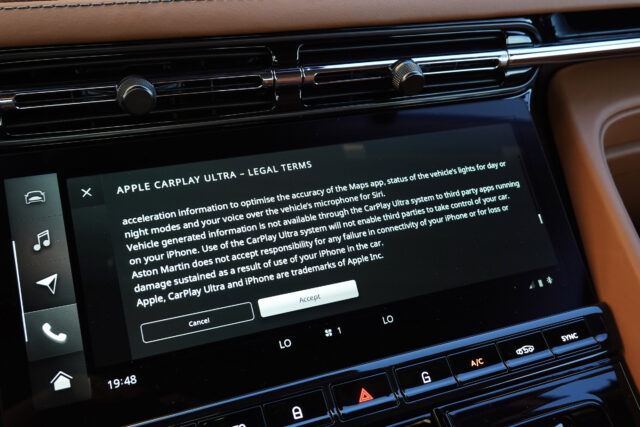
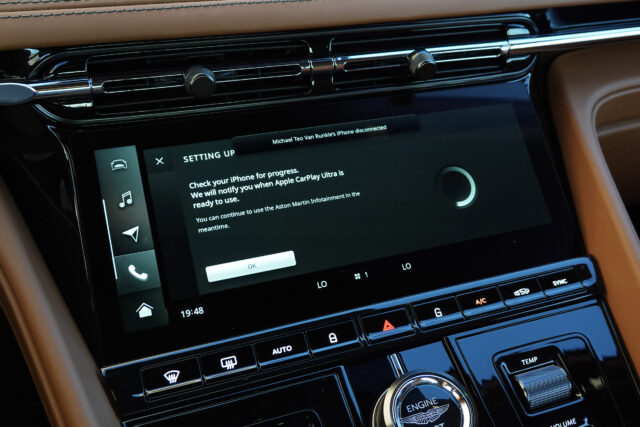
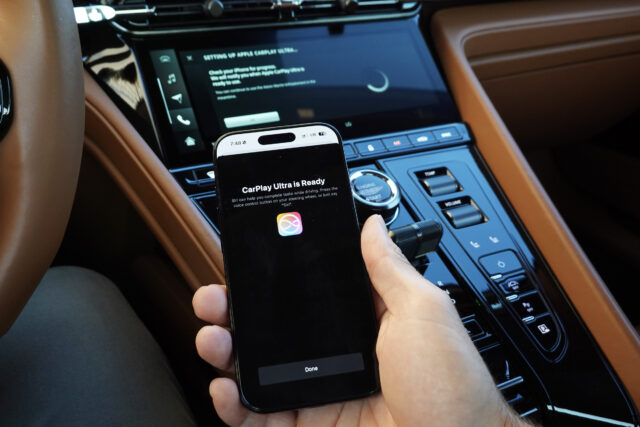
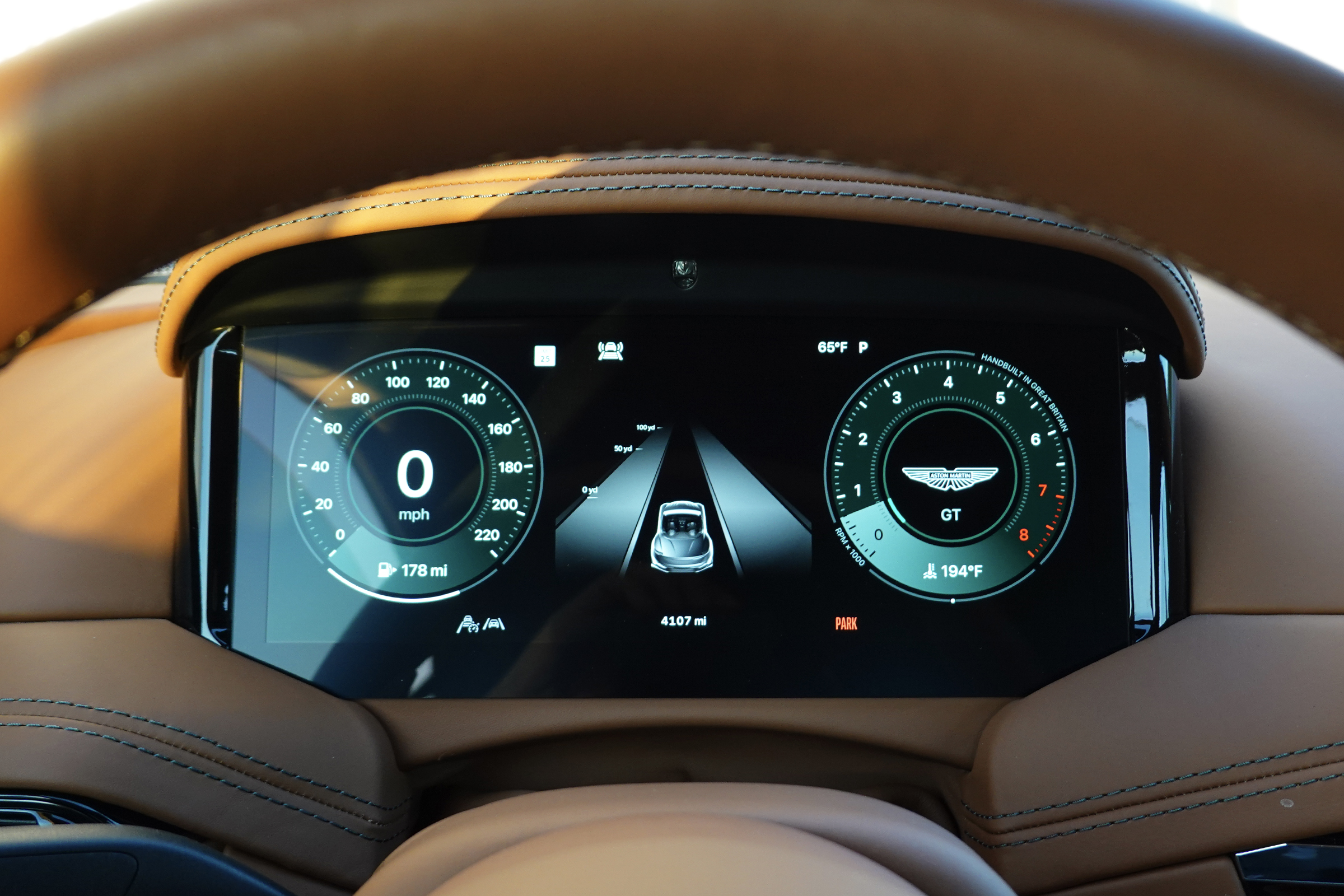

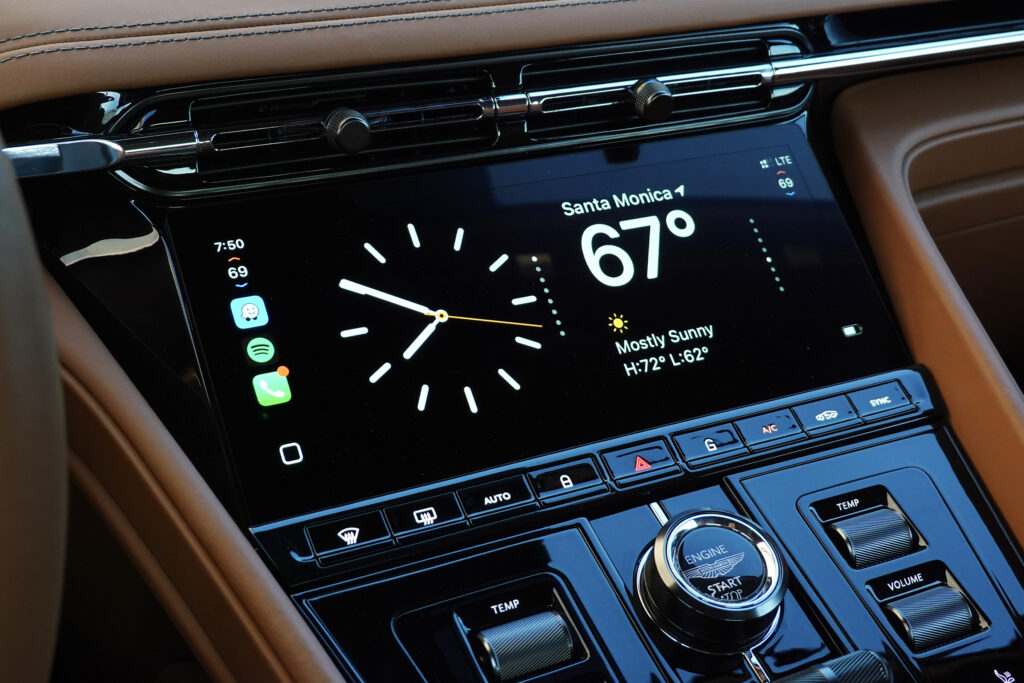
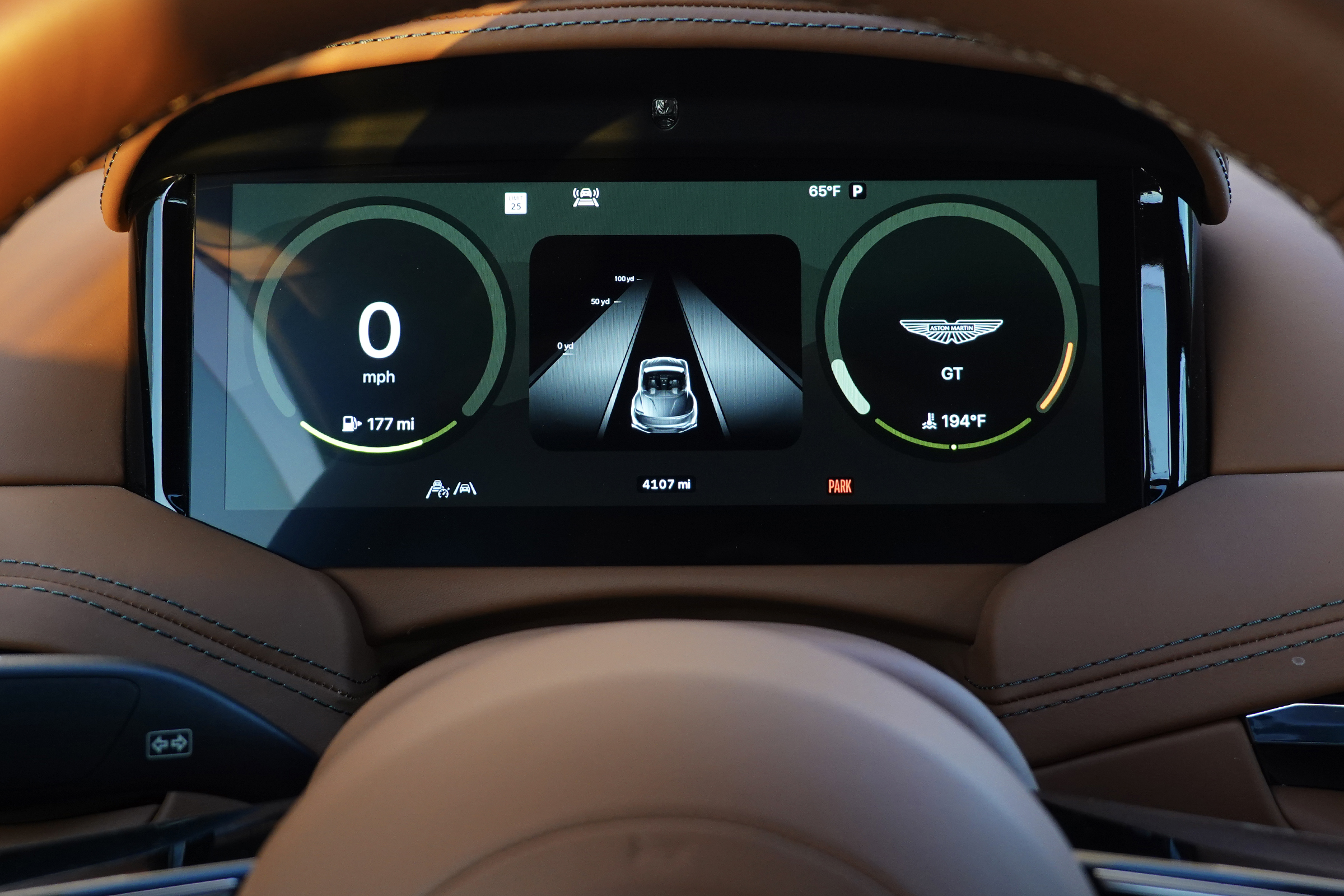
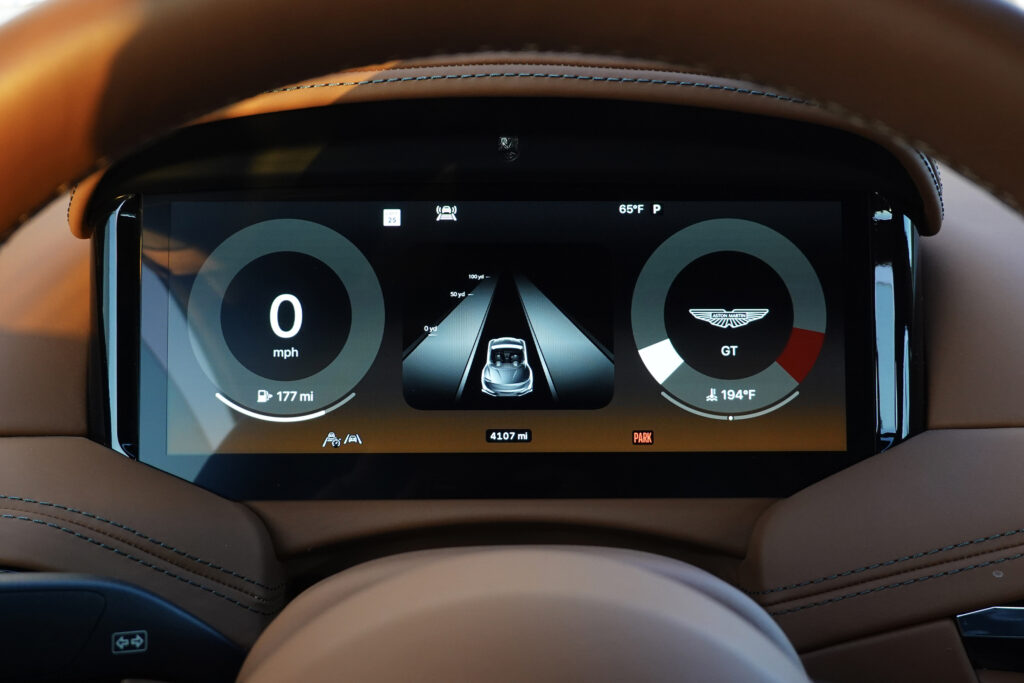
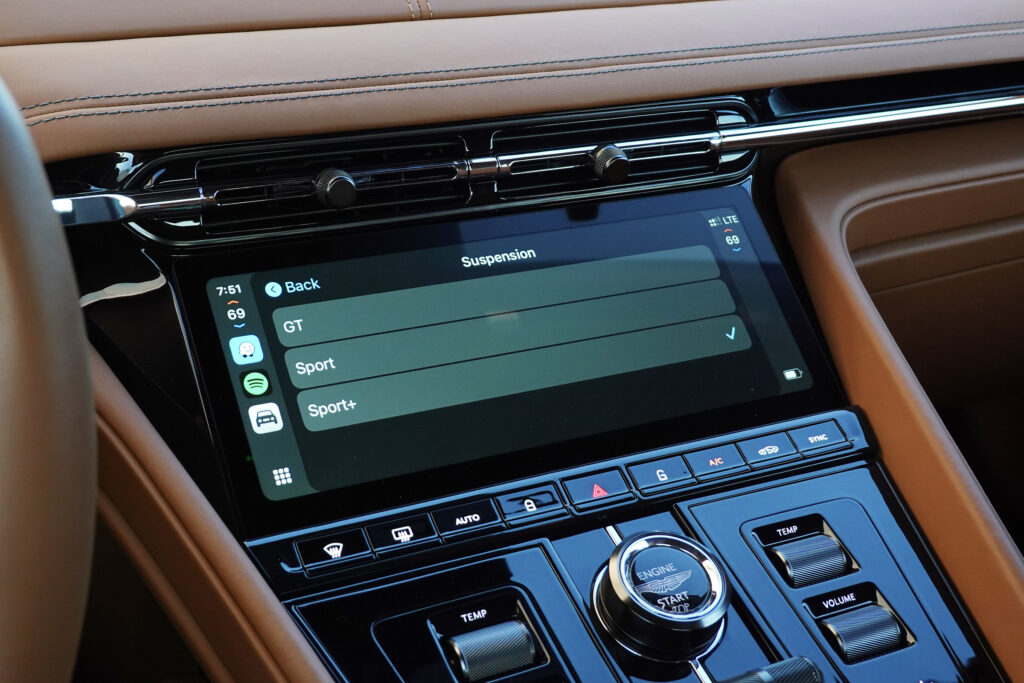
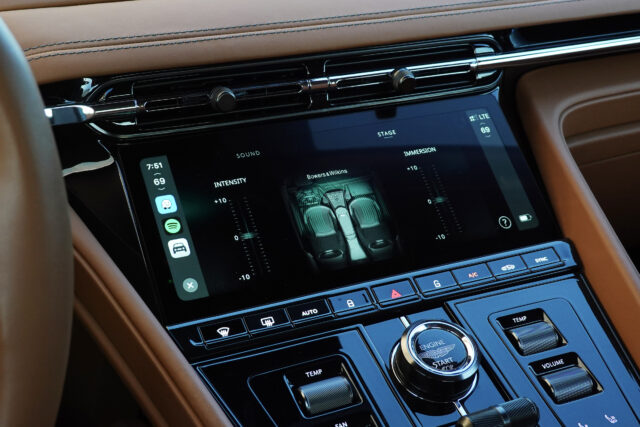
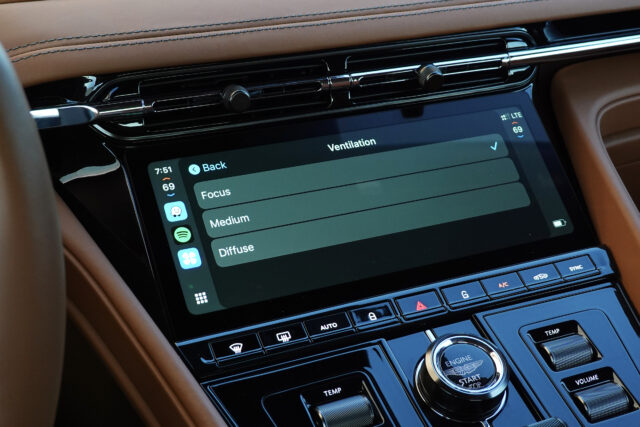
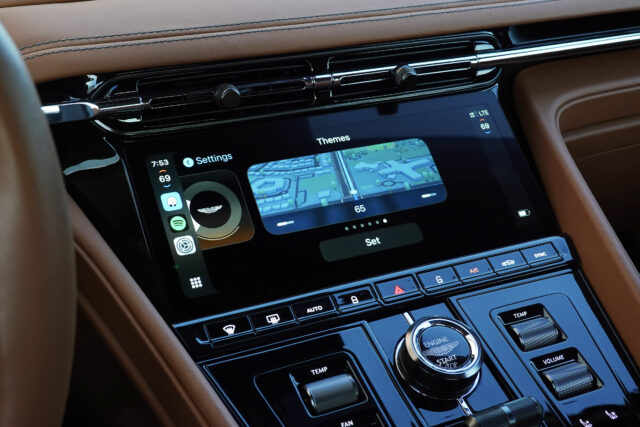
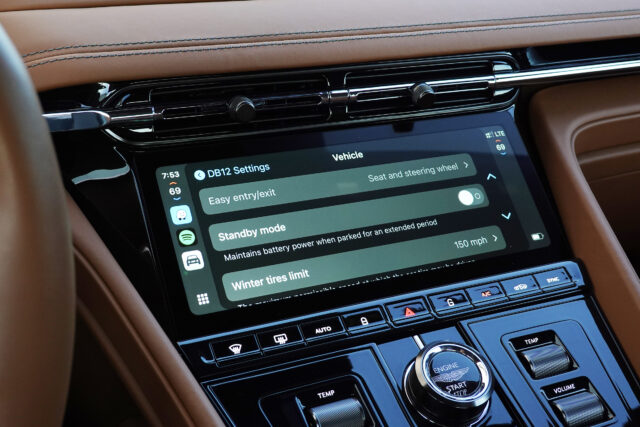
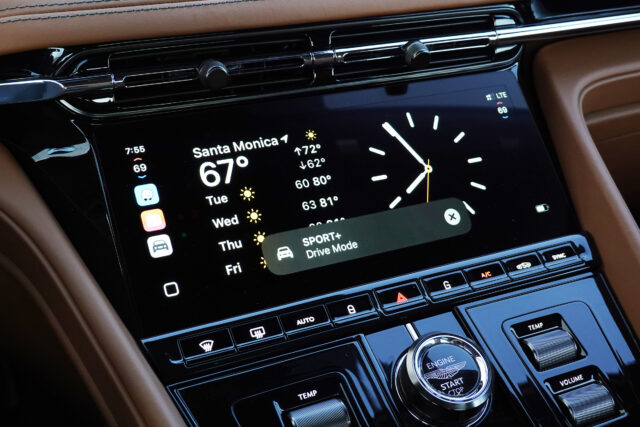
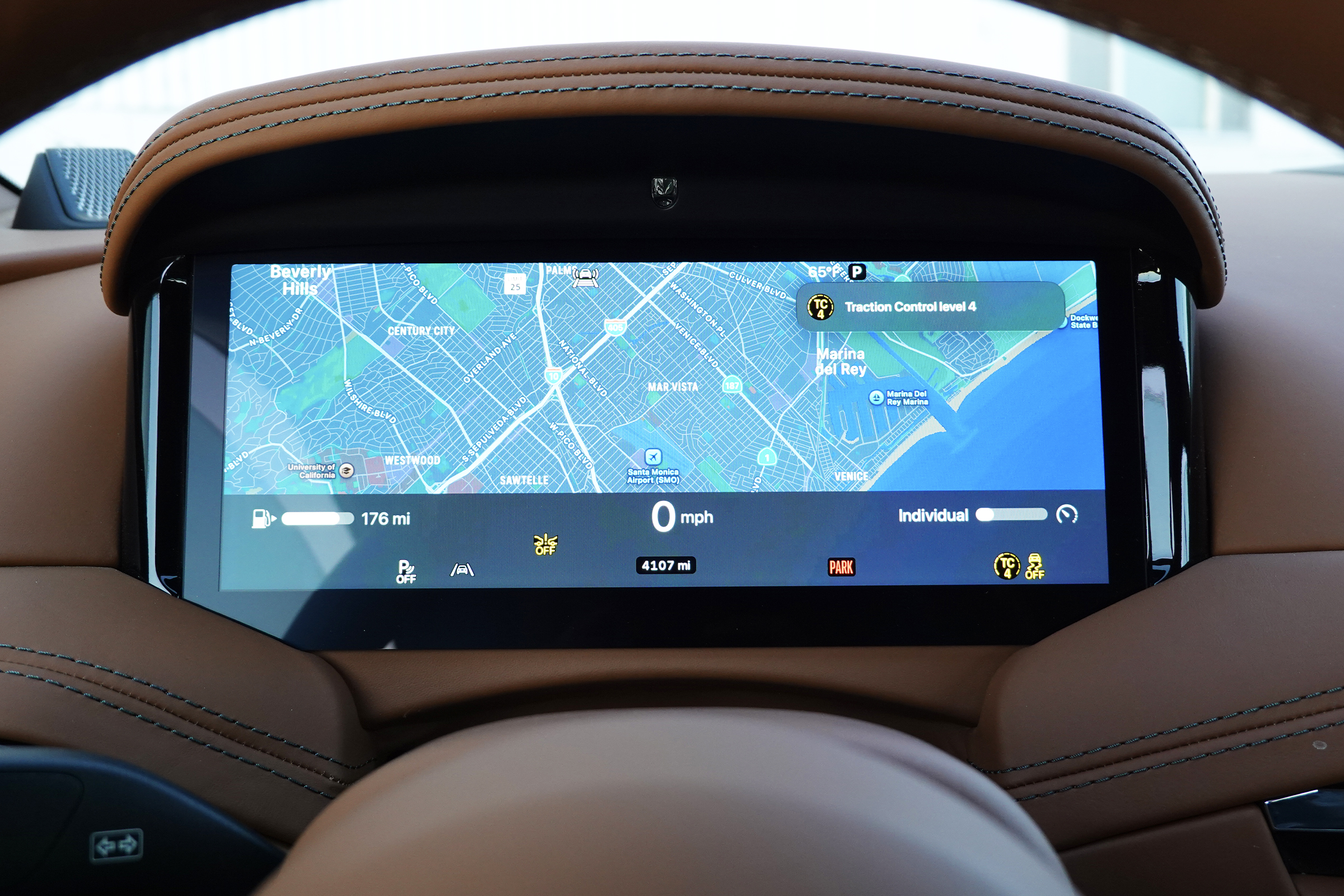
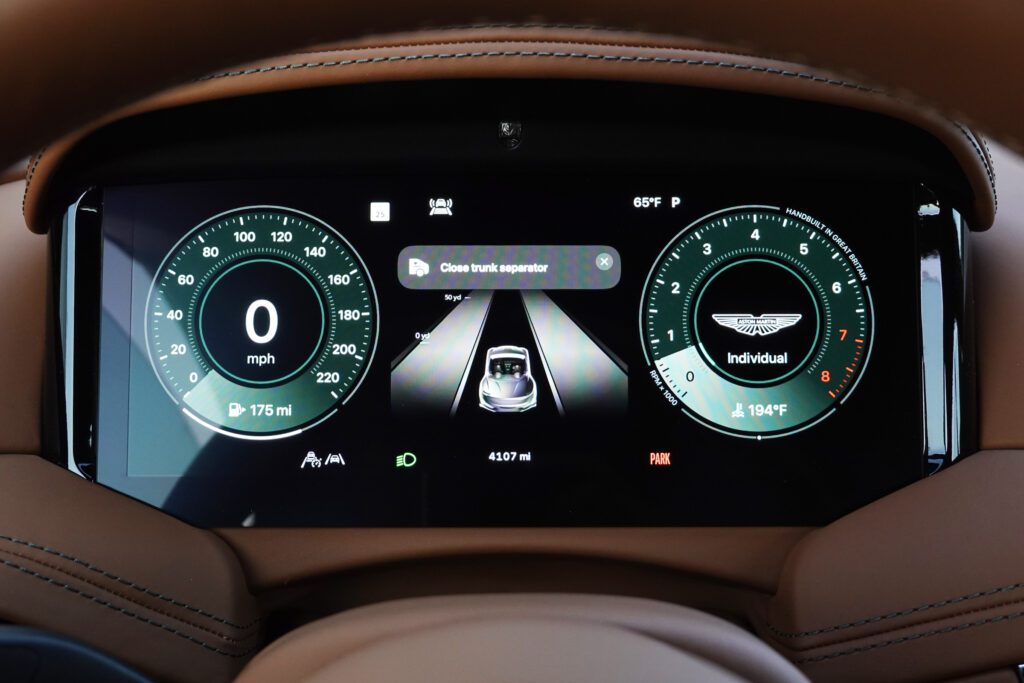
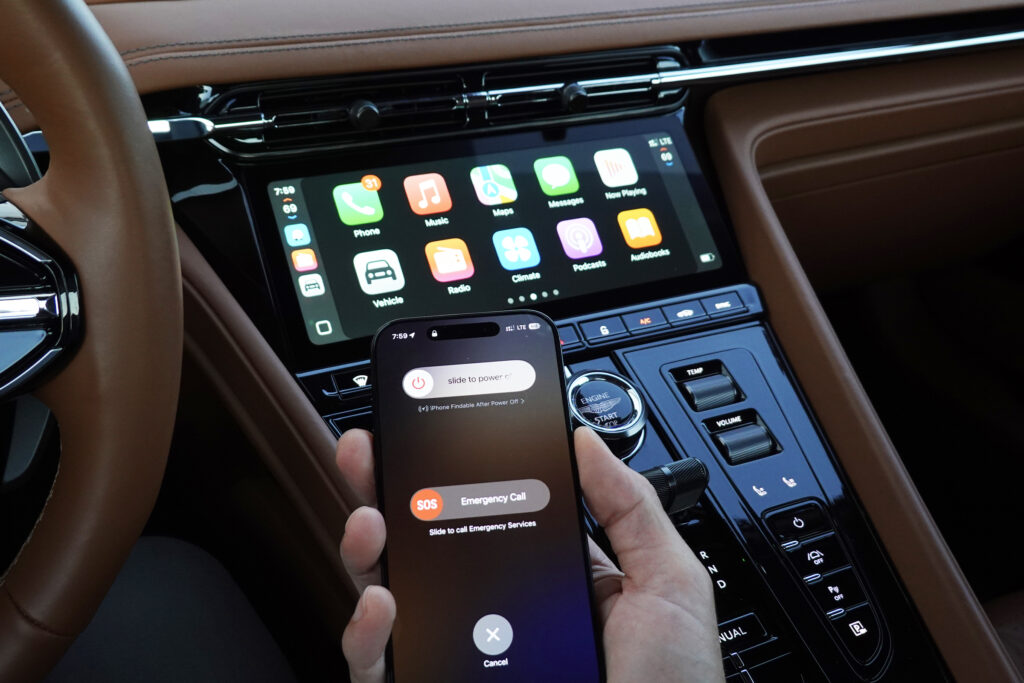
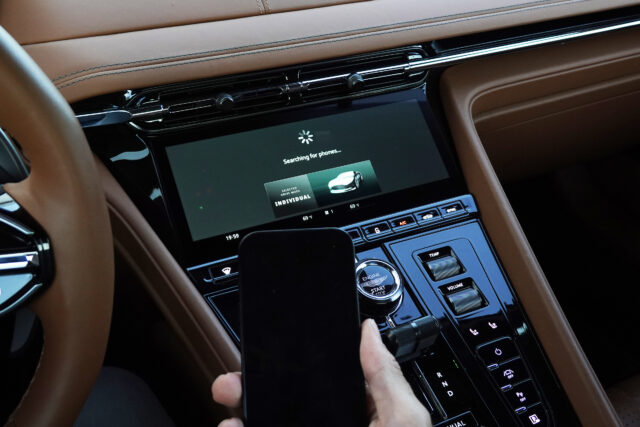
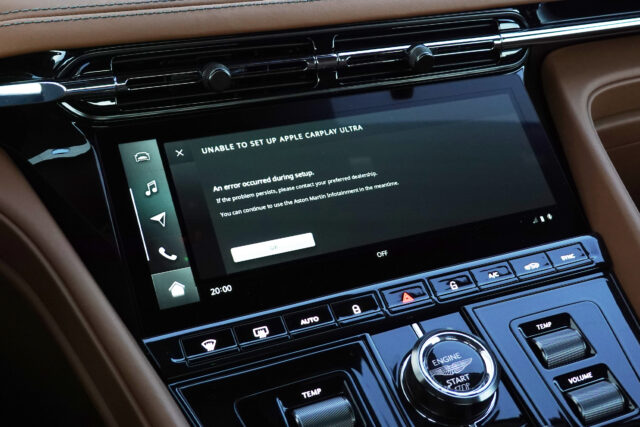
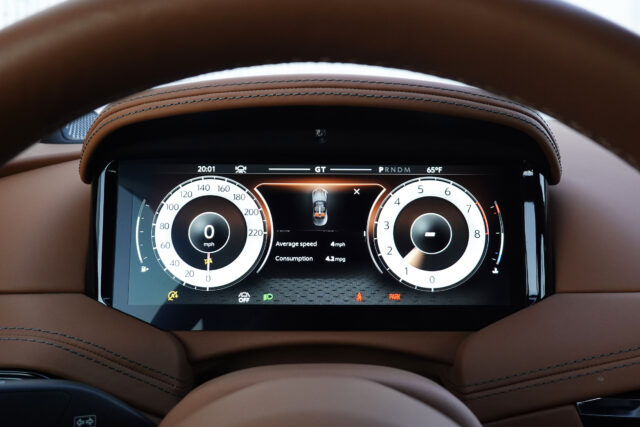
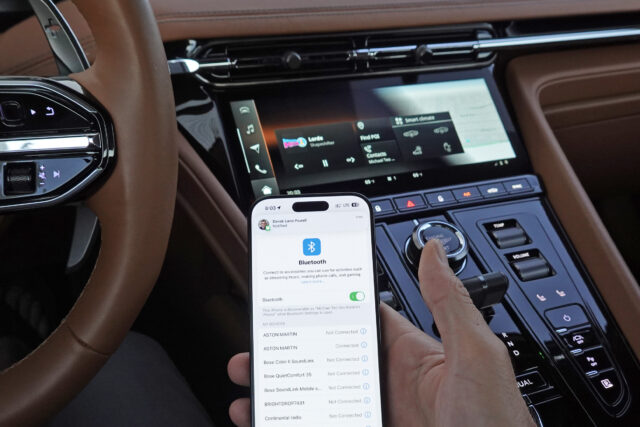
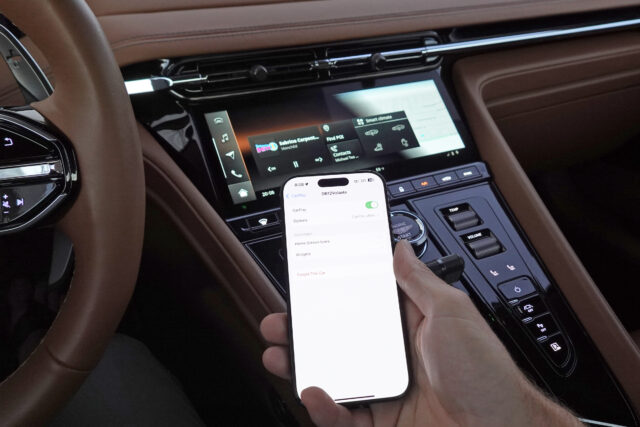
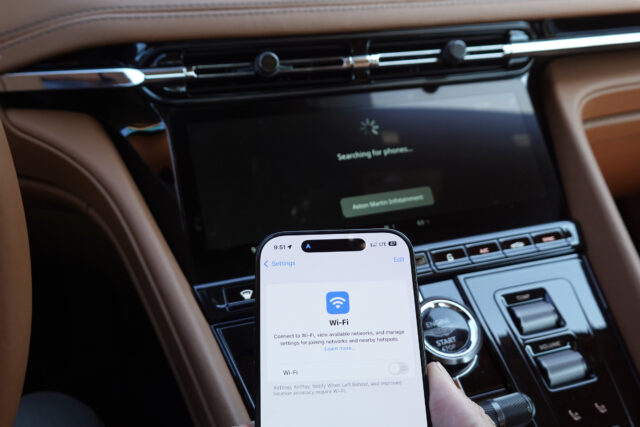
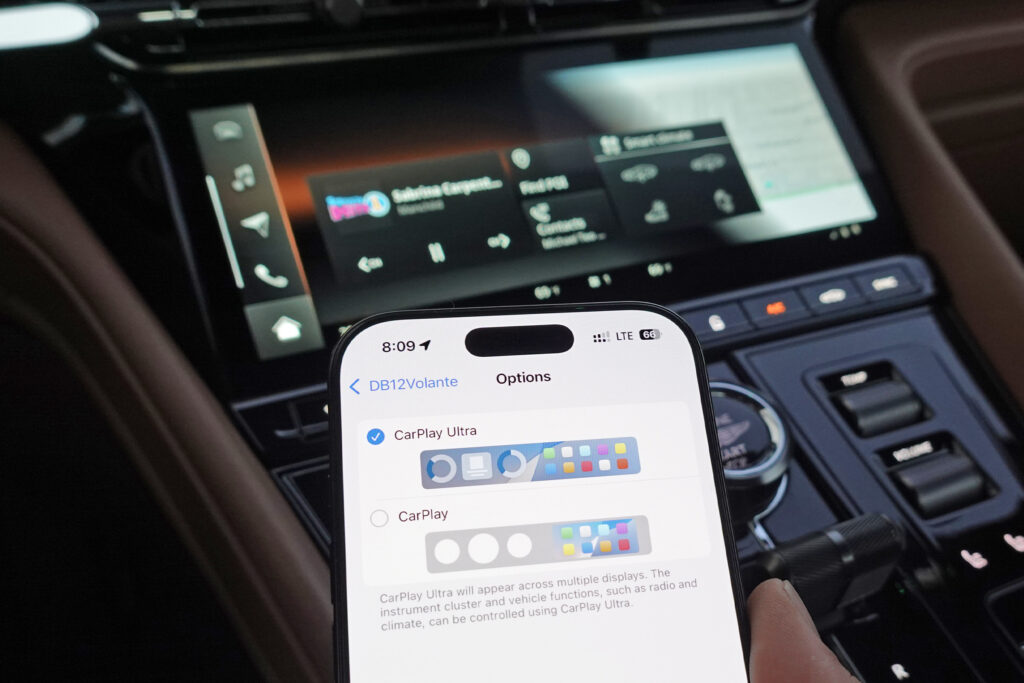
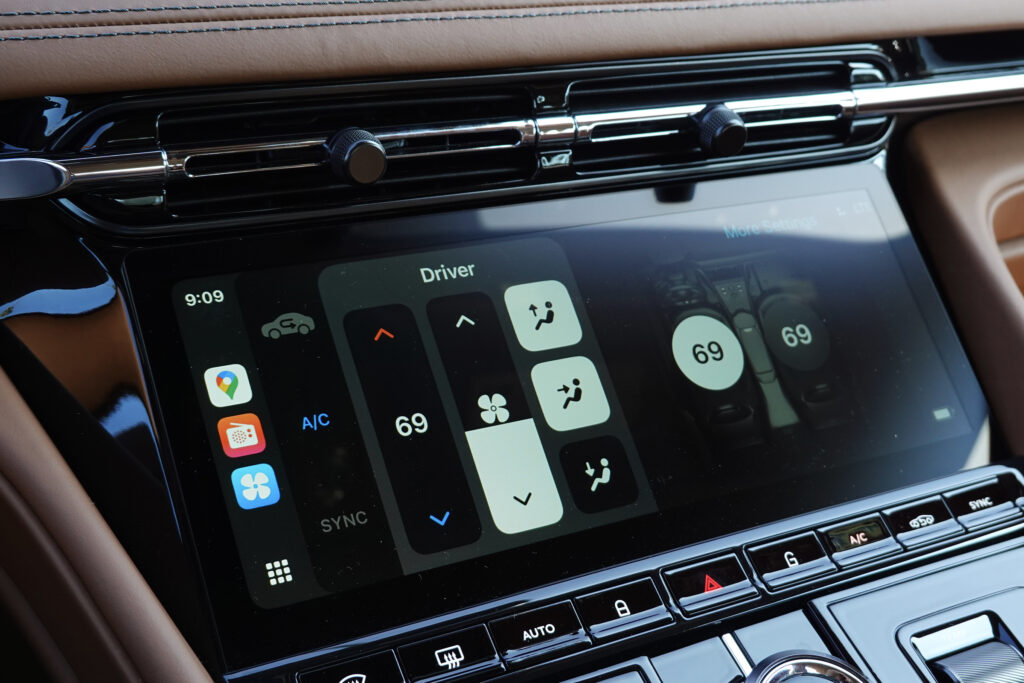
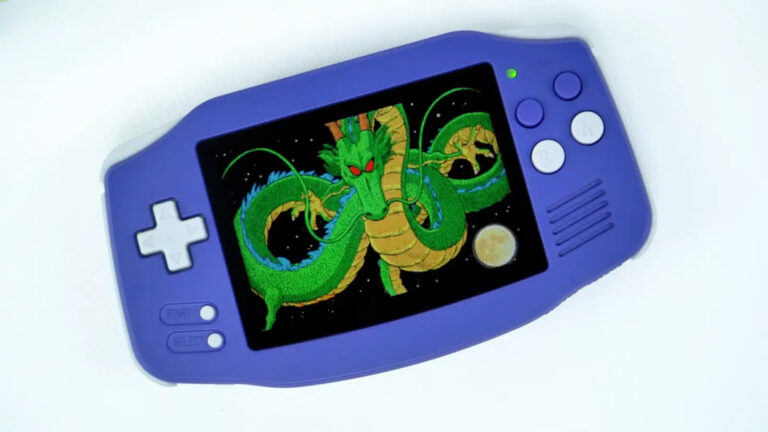
iPhone does not "access and display" ADAS, drive modes, traction settings or any other vehicle metrics. iPhone provides a display surface in the instrument cluster, and the car uses that surface to display the information. Any latency you saw in the gauges came from the car itself, not from the phone. The phone has no idea what the car is showing on the instrument cluster.
The phone can display its stuff (such as maps, music and trip data) on the instrument cluster and dynamically mixes it with a blank display surface for the car to paint its stuff (gauges and car metrics).
As mentioned on the CarPlay disclaimer screen, iPhone only receives the following information:
- Speed and acceleration (so that CarPlay can tell when the car is moving and can disable certain high-risk functions such as keyboard input, and so that Apple Maps can tell how far you have driven inside a tunnel so as to keep directions accurate)
- Headlight status (so that CarPlay can switch between light and dark modes based on whether the headlights are on or off)
- The "Aston Martin" name and logo (so it can put an "Aston Martin" button on your CarPlay menu)
- An identifier for your car's infotainment system (so the phone can tell which car it is connected to).
These are the same things iPhone receives with standard CarPlay. None of this information is shared with any other app or uploaded anywhere by the phone.All other car-specific stuff (drive modes, climate, audio settings, etc.) are handled by the car itself, with zero involvement from your phone.
During the initial CarPlay Ultra setup, the phone uploads a package to the car giving it the UI it will use to render that stuff. Once setup is complete, the car uses the uploaded UI instructions on its own to render its stuff on the display surface provided by the phone. The phone has no idea what the car is rendering in that display surface.
Aston Martin can update that UI package whenever it wants. It'll be downloaded to your phone and uploaded to the car the next time it connects. This way, Aston Martin doesn't have to deploy a whole infotainment system update just to make UI tweaks.
This looks like what I think I’ve wanted.
But now, I’m surprised how skeptical I am.
I think I want to see what Hyundai does.